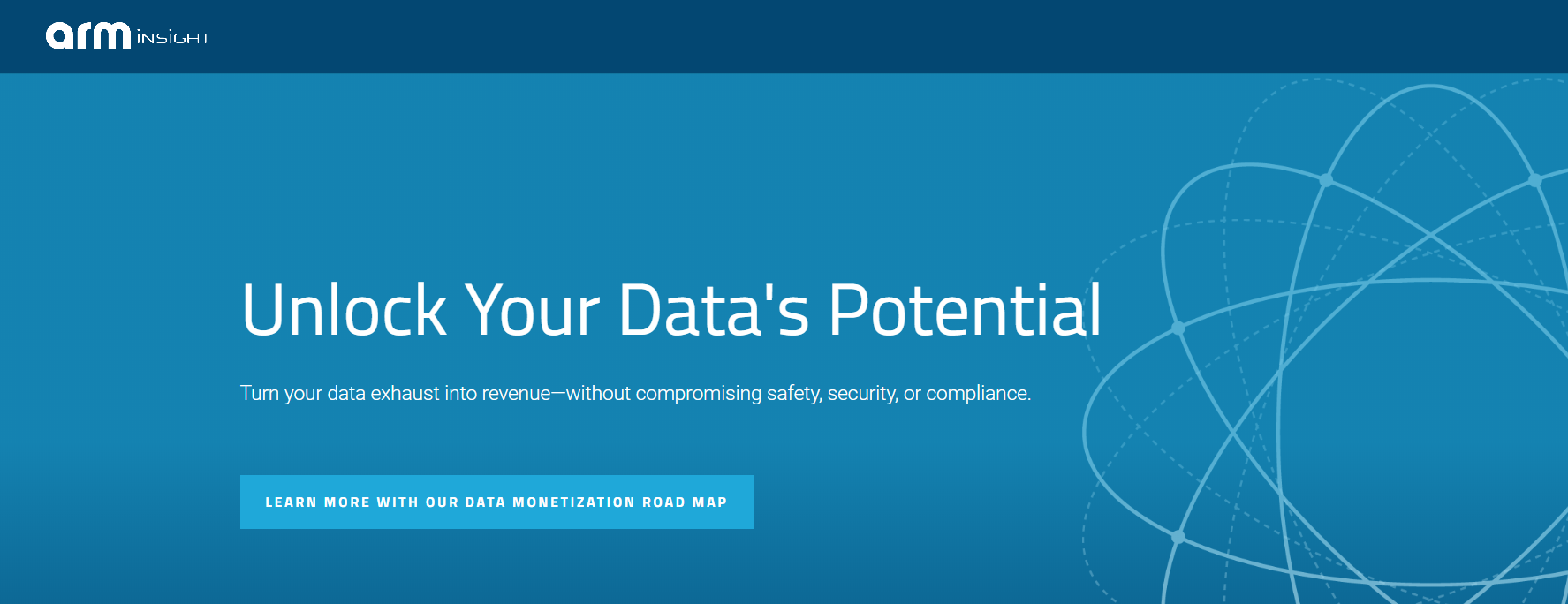This is a sponsored blog post by Randy Koch, CEO of ARM Insight, a financial data technology company based in Portland, Oregon. Here, he explores what synthetic data is, and why financial institutions should start taking note.
You’ve heard it before – data is invaluable. The more data your company possesses the more innovation and insights you can bring to your customers, partners and solutions. But financial services organizations, which handle extremely sensitive card data and personally identifiable information (PII), face a difficult data management challenge. These organizations have to navigate how to use their data as an asset to increase efficiencies or reduce operational costs, all while maintaining privacy and security protocols necessary to comply with stringent industry regulations like the Payment Card Industry Data Security Standard (PCI DSS) and the General Data Protection Regulation (GDPR).
It’s a tall order.
We’ve found that by accurately finding and converting sensitive data into a revolutionary new category – synthetic data – financial services organizations can finally use sensitive data to maximize business and cutting-edge technologies, like artificial intelligence and machine learning solutions, without having to worry about compliance, security and privacy.
But first, let’s examine the traditional types of data categorizations and dissect why financial services organizations shouldn’t rely on them to make data safe and usable.
Raw and Anonymous Data – High Security and Privacy Risk
The two most traditional types of data categorization types – raw and anonymous – come with pros and cons. With raw data, all the personally identifiable information (PII) fields for both the consumer (name, social security number, email, phone, etc.) and the associated transaction remain tagged to data. Raw data carries a considerable risk – and institutional regulations and customer terms and conditions mandate strict privacy standards for raw data management. If a hacker or an insider threat were to exfiltrate this type of data, the compliance violations and breach headlines would be dire. To use raw data widely across your organization borders on negligence – regardless of the security solutions you have in place.
And with anonymous data, PII is removed, but the real transaction data remains unchanged. It’s lower risk than raw data and used more often for both external and internal data activities. However, if a data breach occurs, it is very possible to reverse engineer anonymous data to reveal PII. The security, compliance and privacy risks still exist.
Enter A New Data Paradigm – Synthetic Data
Synthetic data is fundamentally new to the financial services industry. Synthetic data is the breakthrough data type that addresses privacy, compliance, reputational, and breach headline risks head-on. Synthetic data mimics real data while removing the identifiable characteristics of the customer, banking institution, and transaction. When properly synthesized, it cannot be reverse engineered, yet it retains all the statistical value of the original data set. Minor and random field changes made to the original data set completely protect the consumer identity and transaction.
With synthetic data, financial institutions can freely use sensitive data to bolster product or service development with virtually zero risks. Organizations that use synthetic data can truly dig down in analytics, including spending for small business users, customer segmentation for marketing, fraud detection trends, or customer loan likelihood, to name just a few applications. Additonally, synthetic data can safely rev up machine learning and artificial intelligence engines with an influx of valuable data to innovate new products, reduce operational costs and produce new business insights.
Most importantly, synthetic data helps fortify internal security in the age of the data breach. Usually, the single largest data security risks for financial institutions is employee misuse or abuse of raw or anonymous data. Organizations can render misuse or abuse moot by using synthetic data.
An Untapped Opportunity
Compared to other industries, financial institutions haven’t jumped on the business opportunities that synthetic data enables. Healthcare technology companies use synthetic data modeled on actual cancer patient data to facilitate more accurate, comprehensive research. In scientific applications, volcanologists use synthetic data to reduce false positives for eruption predictions from 60 percent to 20 percent. And in technology, synthetic data is used for innovations such as removing blur in photos depicting motion and building more robust algorithms to streamline the training of self-driving automobiles.
Financial institutions should take cues from other major industries and consider leveraging synthetic data. This new data categorization type can help organizations effortlessly adhere to the highest security, privacy and compliance standards when transmitting, tracking and storing sensitive data. Industry revolutionaries have already started to recognize how invaluable synthetic data is to their business success, and we’re looking forward to seeing how this new data paradigm changes the financial services industry for the better.
